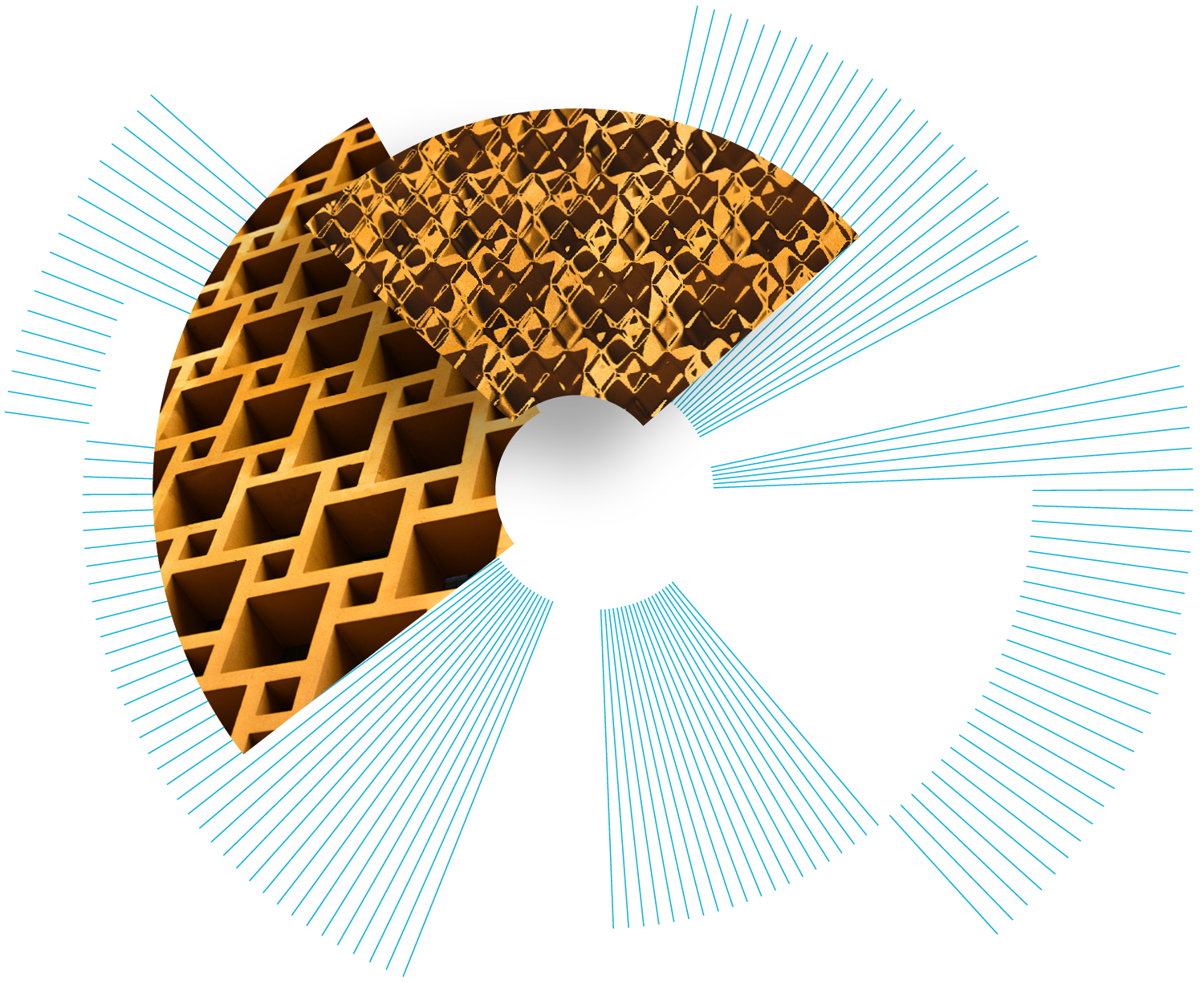There are several procedures which deal with personal insolvency.
Bankruptcy, traditionally the most common procedure, is a result of a court-based enforcement usually by a creditor and will result in the appointment of a Trustee overall an individual’s assets. It is usually an option of last resort for both creditor and debtor.
Individual Voluntary Arrangements (VAs) are a flexible procedure initiated by an individual with the help of an insolvency practitioner to proactively deal with their financial distress and offer a solution that generally delivers a better return to creditors than a Bankruptcy.
There are other procedures in addition to the above for dealing with financial distress such as Debt Management Plans, Administration Orders and Debt Relief Orders. In Scotland there are other procedures for dealing with personal debt.
It is a common misconception that an individual’s debts are discharged upon death. There are however, procedures to deal with a deceased person’s financial affairs, to assist their executor and families, if the deceased has liabilities greater than their assets.
What’s the process for entering an IVA?
An individual who wants to propose an IVA must meet with a licensed Insolvency Practitioner (IP) and fully disclose to the IP their financial affairs including details of all assets, liability, income and expenditure. If an IVA is recommended, then a proposal will be drafted; this is a document that sets out how an individual intends to discharge their debts.
There are no specific rules regarding the amount you have to repay or how long the IVA should last, it is down to an individual’s personal circumstances.
Once a proposal has been drafted your chosen IP becomes your ‘nominee’ and is responsible for circulating the proposal to creditors and discussing it with them where necessary. In addition, the nominee must file a report in court on the prospects of success of the proposal.
In certain circumstances where creditor pressure is severe, the Nominee will apply to court before a proposal is considered to gain an interim order. This will stop any creditor being able to issue a bankruptcy petition before the proposal is considered.
Creditors will have the opportunity to vote on the proposal via a decision procedure. If more than 75% in value vote in favour, then the proposal is approved and all creditors must abide by its terms.
Creditors may submit modifications to the proposal, if they do not like a particular aspect. These modifications don’t have to be accepted by the individual proposing the IVA, but if they are rejected the votes of the creditors’ who proposed them will be treated as votes against the proposal.
If a proposal is approved, then the nominee becomes the supervisor.
What does the supervisor do?
A supervisor’s role is to ensure the terms of the proposal are adhered to. Monies will be required to be paid from the individual from either asset sales – eg, a house, or from monthly contributions from income. These will be collected and pooled by the supervisor in a separate bank account under their control.
In addition, the supervisor will liaise with all creditors to ensure they understand the effect of the proposal and to receive details of all claims. Monies collected are then distributed periodically to all creditors on a proportional basis.
Once an IVA is completed and a percentage in the pound is paid per the proposal the supervisor issues a certificate of completion and the balance of all creditor claims are written off. The individual is then legally deemed to have settled all the liabilities which were dealt with by the IVA, giving them a ‘clean slate’.

